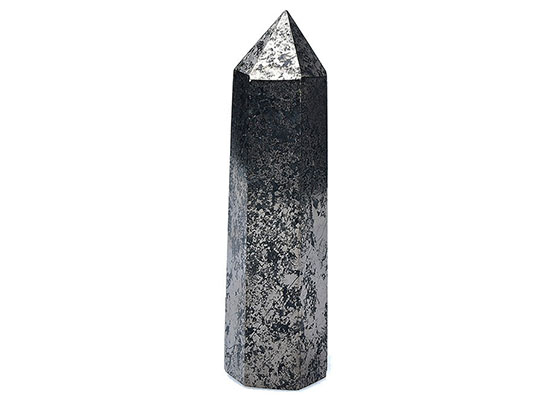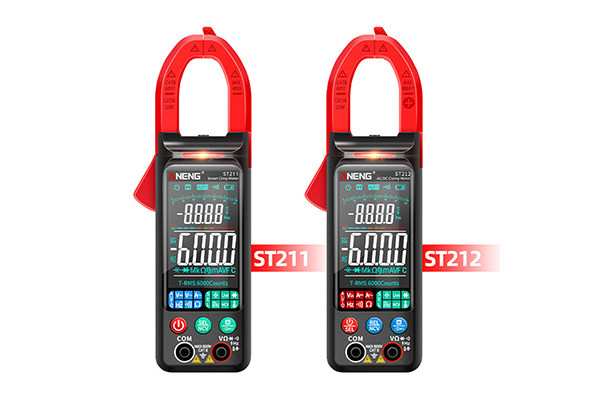Pyrite, also known as “fool’s gold,” is a mineral that is commonly found in sedimentary rocks around the world. It has been used for decorative purposes and in various industries, including construction and electronics. However, not all pyrite is created equal. Some of it is real, while others are fake. In this blog post, the wholesale jewellery supplier will teach the differences between real and fake pyrite, how to spot the difference, and why it is important to do so.
Real Pyrite
Real pyrite is a naturally occurring mineral that is composed of iron and sulfur. It is often found in sedimentary rocks, such as sandstones, shales, and limestones. Pyrite has a brassy yellow color and a metallic luster. Its crystal structure is cubic, and it has a hardness of 6-6.5 on the Mohs scale.
Real pyrite is known for its many industrial uses. It is used as a source of sulfur in the production of sulfuric acid, which is used in a variety of industrial processes. It is also used in the production of iron and steel, as well as in the manufacture of electronic components.
Fake Pyrite
Fake pyrite, also known as “fake gold,” is a term used to describe various minerals that are often sold as pyrite but are not actually composed of iron and sulfur. These minerals are often used as substitutes for real pyrite because they are cheaper to produce.
There are several types of fake pyrite, including iron sulfide, marcasite, chalcopyrite, and arsenopyrite. Iron sulfide is a mineral that is often found in sedimentary rocks and is commonly used as a substitute for pyrite. Marcasite is a mineral that has a similar crystal structure to pyrite but is not composed of iron and sulfur. Chalcopyrite and arsenopyrite are minerals that are composed of copper and arsenic, respectively.
Fake pyrite has a different chemical composition and physical properties than real pyrite. It often has a different color, is softer, and has a different crystal structure.
How to Identify Real vs Fake Pyrite
Identifying real vs fake pyrite can be challenging, but there are several visual cues and chemical tests that can be used to help differentiate between the two.
Visual cues
Real pyrite is often brassy yellow in color and has a metallic luster. It also has a cubic crystal structure and is relatively hard. In contrast, fake pyrite may have a different color, such as a dull gray or brown, and may have a different texture or luster. Fake pyrite may also have a different crystal structure, such as a rhombic structure in the case of marcasite.
Chemical tests
There are several chemical tests that can be used to identify real vs fake pyrite. One of the most common is the acid test, which involves placing a drop of acid on the pyrite. If the pyrite is real, it will not be affected by the acid. If the pyrite is fake, it may dissolve or produce a greenish color.
Another test is the fire assay, which involves heating the pyrite in a crucible to determine its composition. Real pyrite will produce a metallic button, while fake pyrite will not.
Finally, X-ray diffraction (XRD) can be used to determine the crystal structure of the pyrite. Real pyrite will produce a cubic pattern, while fake pyrite may produce a different pattern.
Professional testing services
If you are unsure whether your pyrite is real or fake, you can also send it to a professional testing service. These services will perform a variety of tests to determine the composition of your pyrite and provide you with a report on their findings.
Why It Is Important to Know the Difference
Knowing the difference between real and fake pyrite is important for several reasons. First, real pyrite is often more valuable than fake pyrite. If you are purchasing pyrite for decorative or industrial purposes, it is important to know that you are getting what you paid for.
Second, fake pyrite may not have the same properties or uses as real pyrite. For example, iron sulfide may not be as effective as a source of sulfur as real pyrite. Using a substitute mineral may lead to subpar results in various industries.
Finally, there is a risk of fraud in the market for pyrite. Some sellers may try to pass off fake pyrite as real pyrite in order to make a profit. By knowing the difference between the two, you can avoid being scammed and make informed purchasing decisions.
Conclusion
Real pyrite and fake pyrite are two very different minerals with distinct properties and uses. It can be difficult to tell the difference between the two, but visual cues and chemical tests can help. It is important to know the difference between real and fake pyrite in order to avoid being scammed and to ensure that you are getting what you paid for. By being informed about pyrite and its properties, you can make informed purchasing decisions and use pyrite effectively in a variety of industries.




